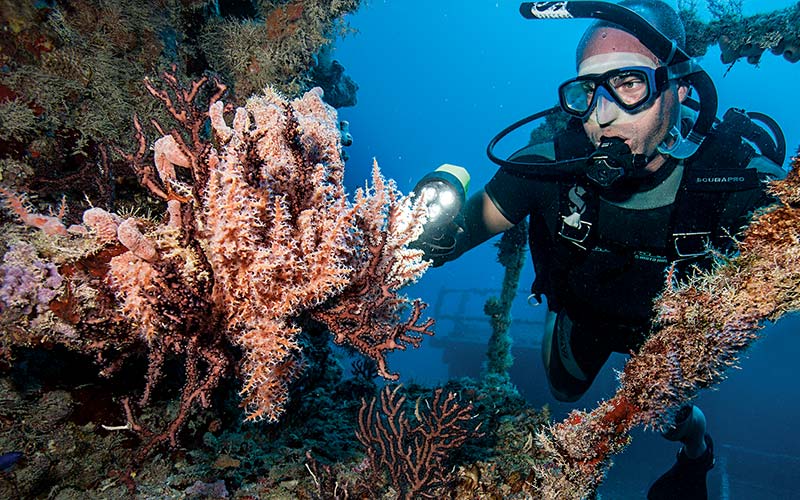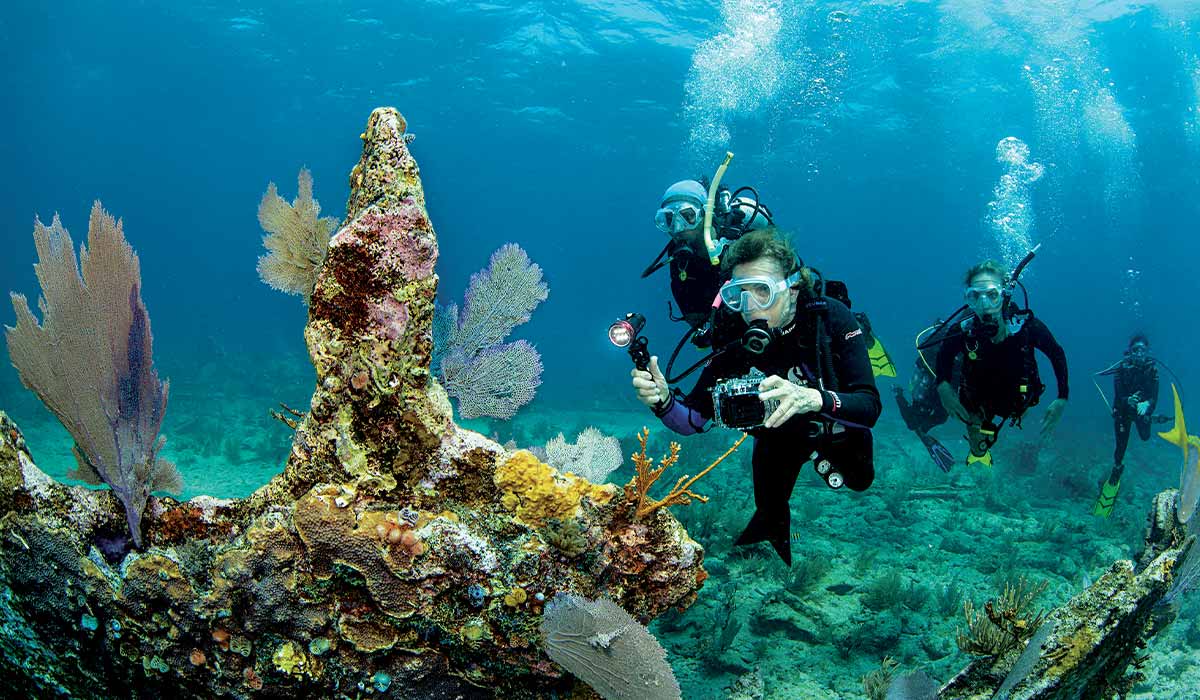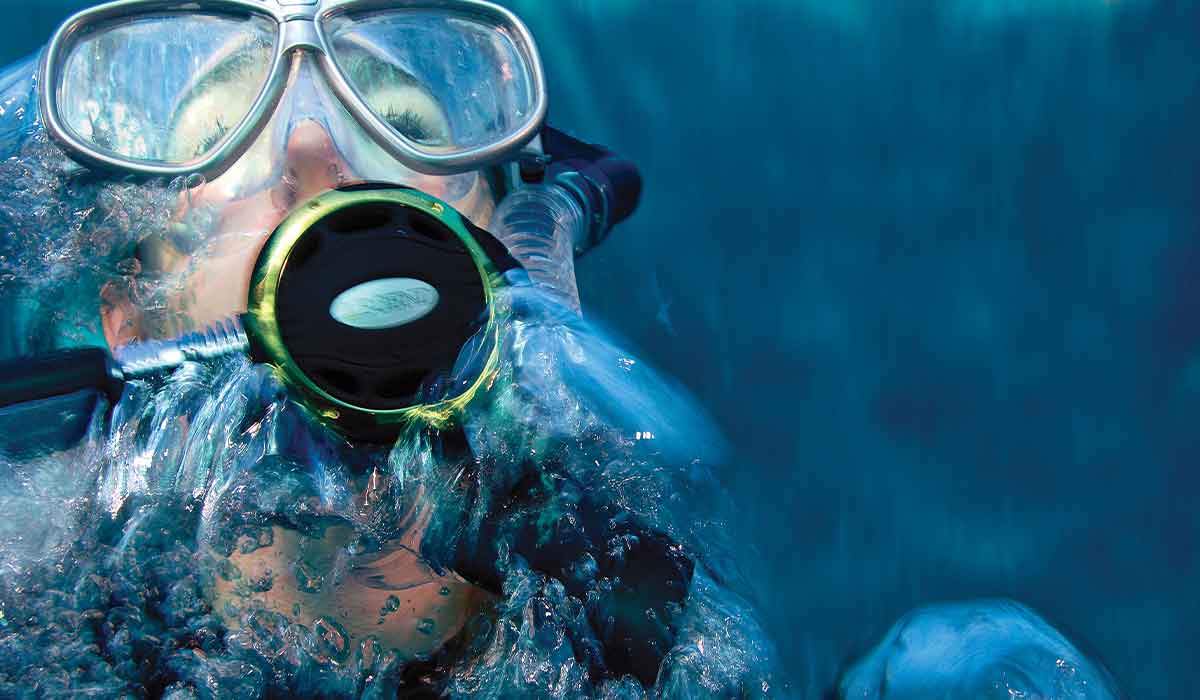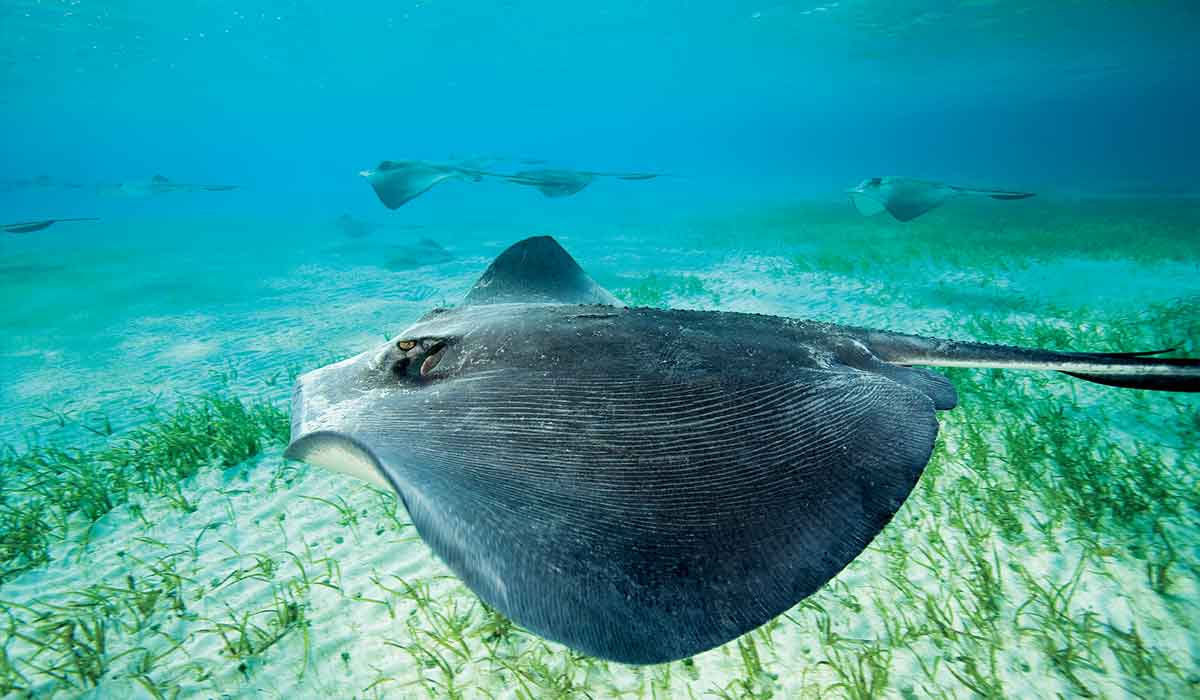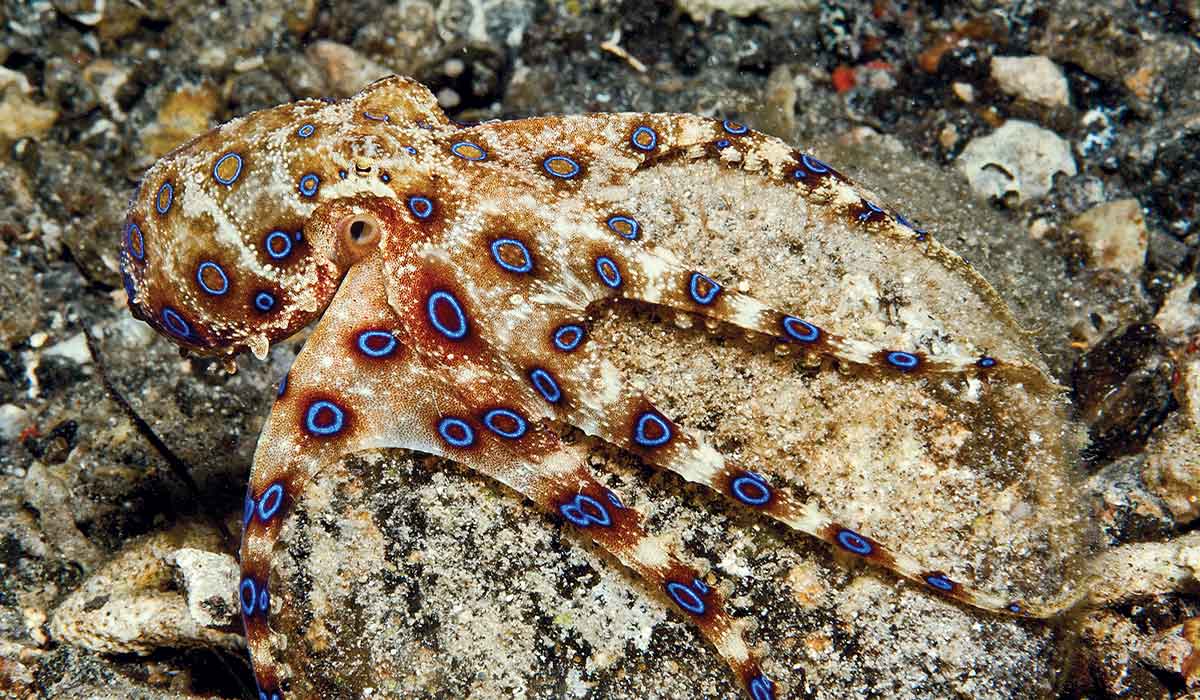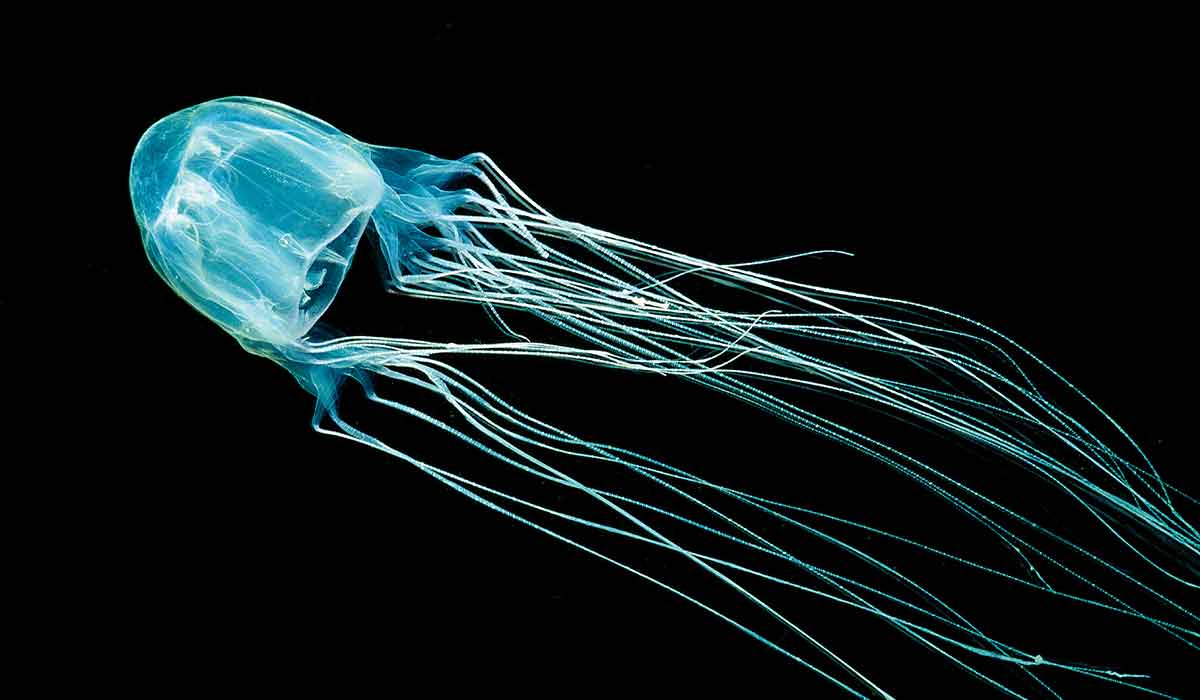A research physiologist in the biomedical research department at the U.S. Navy Experimental Diving Unit (NEDU) and an assistant professor in the anesthesiology department at Duke University School of Medicine, David J. Doolette, Ph.D., is also an advanced technical and cave diver, an educator and a public speaker.
What does a culture of dive safety look like in today’s recreational diving? Read one expert’s thoughts as he dissects an ideal safety culture.
Dive operators are a huge component of the safety culture. It’s up to them to help inexperienced divers, keep staff trained and ensure experienced divers remain safe.
Risk management is important to ensure we all have fun in our chosen sports safety, and this encompasses a culture of safety. Read more.
A culture of dive safety is incredibly important to keep everyone safe and make the sport truly enjoyable. But pressures from other people can diminish someone’s personal responsibilities. Read more.
Emergency ascents are used to avoid any adverse events during a dive. Divers are trained in standard emergency ascent procedures, but these skills must be routinely practiced. Read more.
At a graduation ceremony, a scuba instructor, who is also a DAN member, had to unexpectedly put their skills into action. Quick thinking helped saved a life.
Envenomations can be caused by marine vertebrates who are equipped with toxin-based defense systems. When you know how to prepare proper first aid, you can hasten recovery and prevent complications.
Are you prepared to deal with an envenomation from an invertebrate? Learn more about common invertebrate envenomations and how to prevent and treat them.
When jellyfish and hydroid stings happen, what are you doing to do? Read more about these kinds of preventable marine envenomations.


